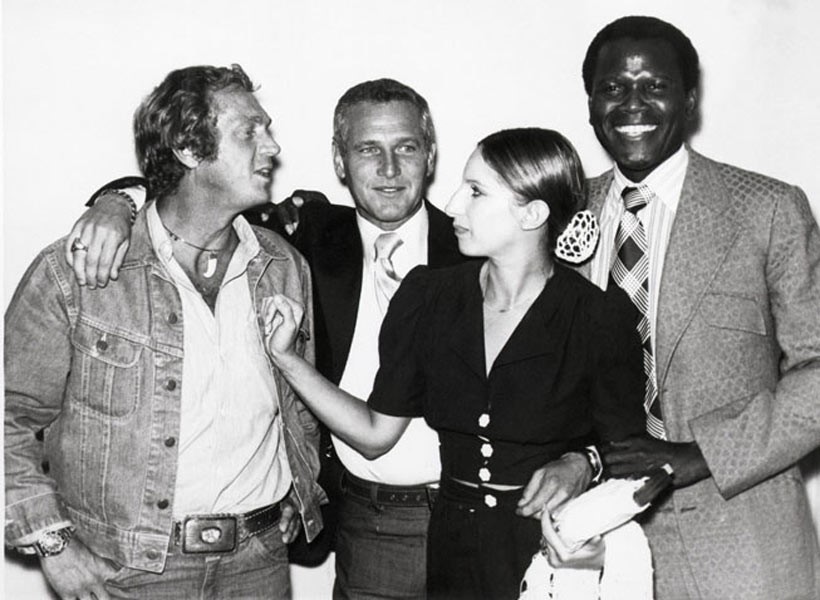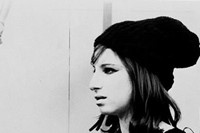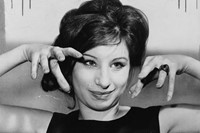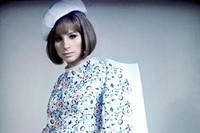We celebrate the rebellious style of Hollywood legend Barbra Streisand
This week celebrates the 70th birthday of living legend Barbra Streisand. Always one to buck tradition, Streisand has a street of fake shops in the basement of her house where she keeps her vintage treasures. This includes a doll shop, an antique clothing shop and a shoe shop. Her shopping promenade showcases a velvet cape worn to meet the queen in 1966 and a plethora of empire-waist gowns, including those designed by best friend Donna Karan.
Streisand stood in the face of the rock 'n' roll 60s and became one of the decade’s most successful stars of stage and film. As her fame evolved, so did her style and throughout the 60s and 70s it is tricky to tell where her onscreen characters end and Streisand begins. She epitomised 60's chic with bouffant hair, bold eyeliner and baker boy hats. For her earliest television appearance on My Name is Barbra in 1965, she wore an iconic sailor dress with a streaming red ribbon down the front. For On a Clear Day You Can See Forever (1970) Streisand dressed in regency costume designed by Cecil Beaton, while in the same year she took a risk with the provocative The Owl and the Pussycat, where she wore a revealing lingerie set with a pink handprint stitched on each bra cup. Between scenes she studied painting, wearing plastic gloves to protect her manicure. Producer Ray Stark later gave her a smock with "Streisella" stitched into it, inspired by her love for modern painter Frank Stella.
"Streisand has a street of fake shops in the basement of her house where she keeps her vintage treasures."
Streisand matured into the 70s glamour, wearing Grecian gowns, fur coats and the classic Streisand bob. In the 1976 film, A Star Is Born, Streisand designed her own dress, initially draping silver and black shawls to create the shape. Barbra has always been a mix of classic style with a touch of eccentricity.
In 2004 Streisand auctioned over 400 items from her career for charity. This included personally designed pieces, such as the gown worn to the Washington Press Correspondents Dinner in 1963 to meet John F. Kennedy, and a dress created from a gingham tablecloth for Benny Goodman's opening in 1963.
Streisand has always defied the rules of Hollywood, admitting a slack diet regime and disregard for exercise: "I arrived in Hollywood without having my nose fixed, my teeth capped, or my name changed. That is very gratifying to me." During her early days in Manhattan she was somewhat of a vagabond, living between friends with a folding cot wearing thrift-store finds.
Streisand has since admitted to botox, however the secret to her radiance can perhaps be put down to confidence and character: "One thing`s for sure: now when I look at Funny Girl (1968), I think I was gorgeous." Her critics may call her difficult, obsessive, "totally self-absorbed" (Mike Wallace), but such characteristics look only to be an asset. "I like my profile. People made fun of the way I looked… one side's better. But hey, the other one isn't really that bad."



